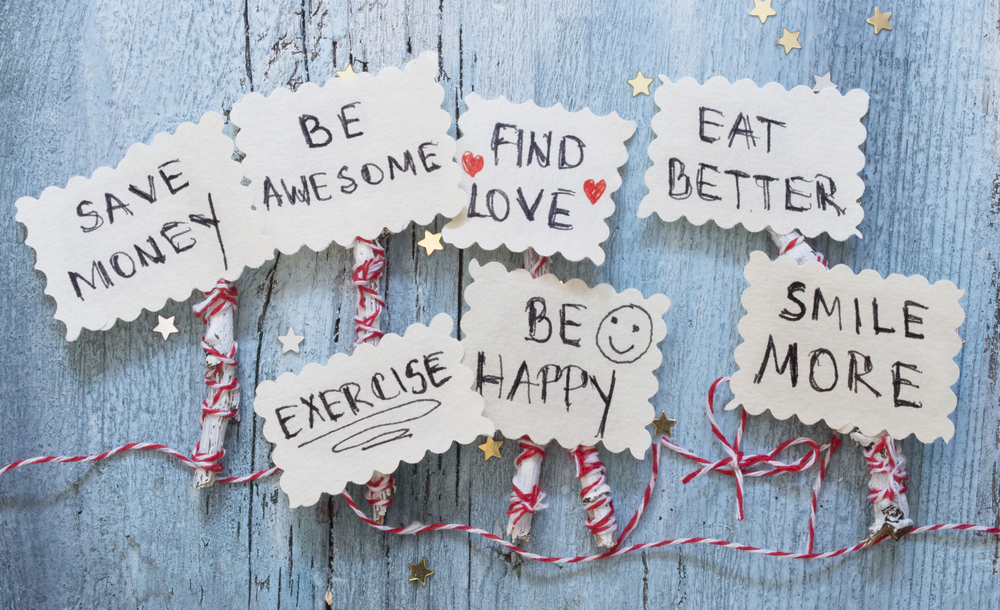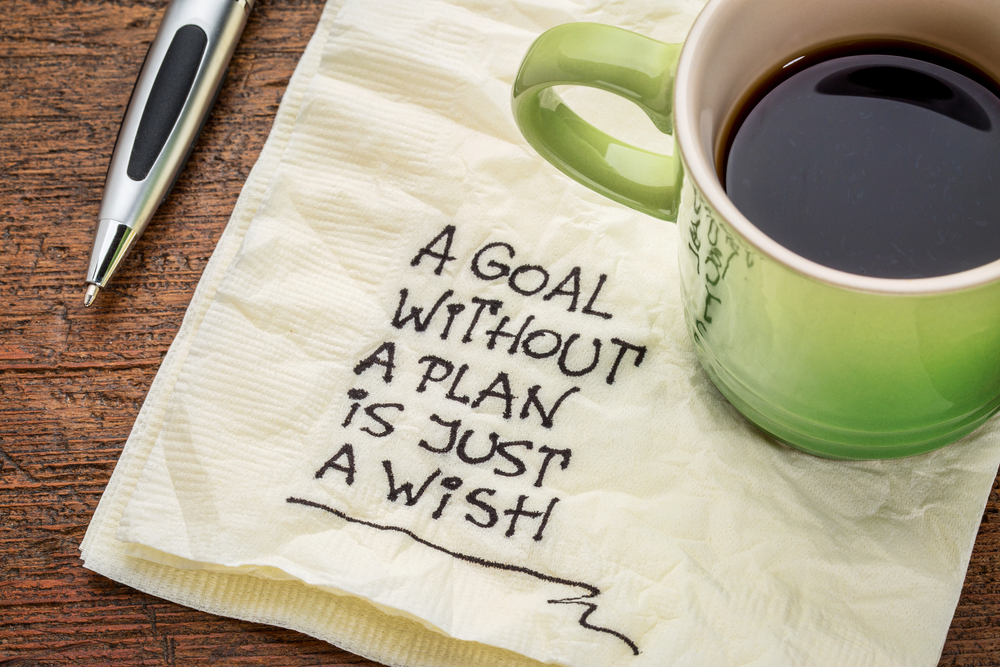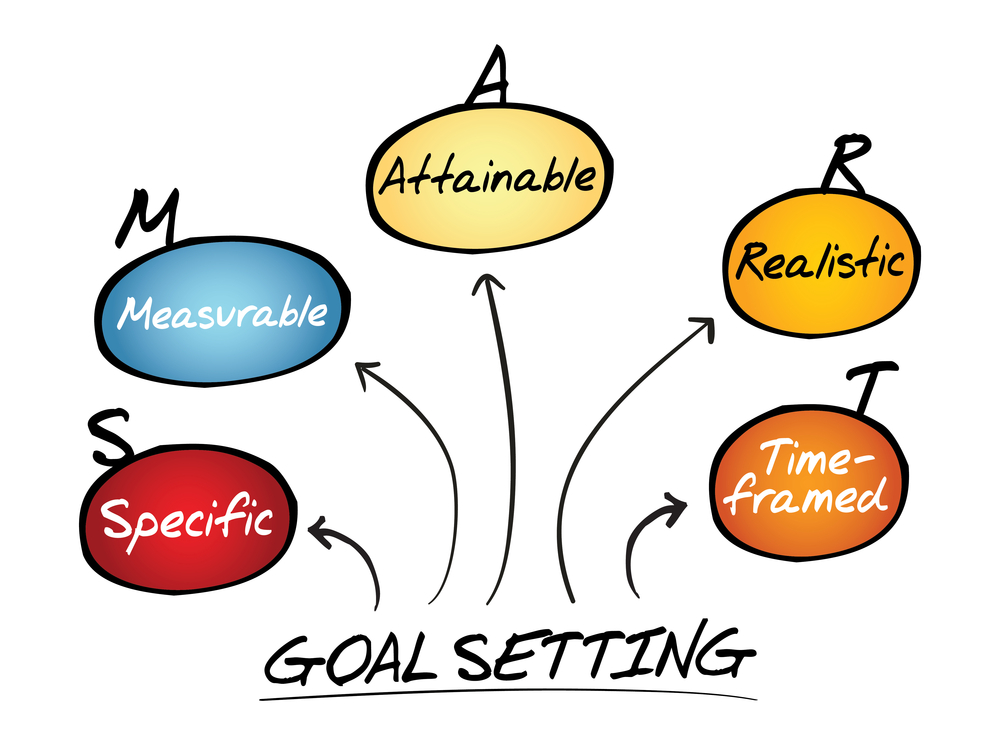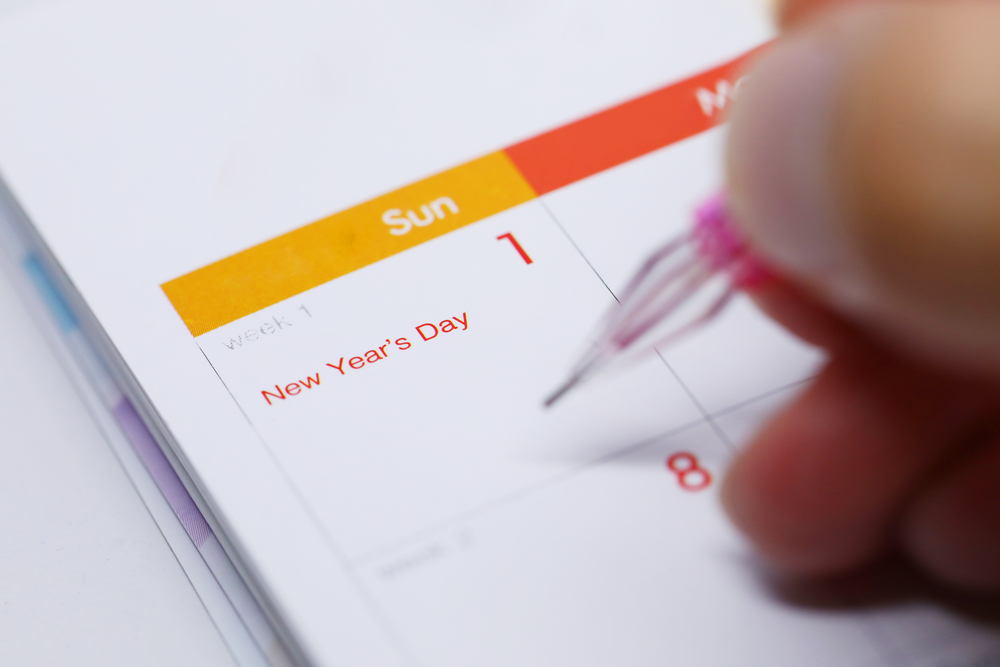
6 Ways to Keep Your New Year’s Resolution
Did you know that 38% of Americans NEVER even attempt making a New Year’s Resolution?
Perhaps this is because of the 62% of Americans who DO make them each year, only 8% are actually successful in achieving their goals. This is a shame because most resolutions are related to important areas of self-improvement.
What sets this small 8% who succeed apart? Surprisingly little. With a bit of forethought and planning, reaching your goals can actually be really easy!
1. Set short-term goals, only choose one goal at a time, and be specific.
Okay this first tip is a long one – and more like three-tips-in-one – but it’s the REAL biggie that is going to set you up for success. You are much more likely to succeed if you’re NOT trying to multitask goals. We are busy people and with lives filled with too many competing priorities as it is.
Rather than setting vague and huge resolutions like you want to exercise at the gym, eat healthier, and lose 30 lbs in 30 days, try making the initial goal a more specific one that you will definitely stick with.
For example, commit to 30 days of 10 minutes of exercise every morning when you first get up. 10 MINUTES! That’s totally doable. It’s not even a full snooze.
Some of you will be like, “WOOHOO – 10 minutes – 1-minute jumping jacks, 25 push-ups, 50 burpees, and 300 squats.”
Yay YOU!
But others of us may be more like, “Um, how about 10 minutes of twerking in front of the coffee maker while the first pot brews…”
It’s all good. The most important thing is that you are rewiring your brain to make this new moving-in-the-morning thing a habit. The times you get out of bed and just can’t bring yourself to do any jumping, as long as you are up and MOVING, you haven’t failed. You are still on track. And after 30 days of realizing how doable this actually is, you can build on it to hit a more dynamic goal in the next 30 days, and the next, and the next.
See where I’m going with this?
2. Be Sensible.
Continuing with the weight-loss example, you’re not going to lose 30 lbs in 30 days. I mean, maybe it’s possible with some extreme efforts. But this type of goal is simply not sustainable. Or healthy. If you need to lose 30 lbs, you’re looking at a long-term commitment and you’re going to have to be realistic.
For the first month set the goal at 5 lbs in 30 days, and make the goal more about sticking with healthier habits. I know this doesn’t sound too exciting, but if you break this up into an attainable 1-2 lbs per week, you are less likely to completely fall off the wagon the first time you indulge in a few french fries.
You may really hit the pavement running and lose 8 lbs the first week. But trying to keep up that kind of momentum is the rub. Maybe you need to travel for work or a monsoon hits and your daily jog is out the window.
You can always make adjustments to stay on track if your goal is within a reasonable range and attainable chunks will keep you moving forward.
3. Buddy-up.
It helps to have someone to talk to about your resolution, but even more so to have someone who feels your pain. And really, everything is more fun with a friend.
If your goal is to learn a new language, try to learn a new word, phrase, or grammatical structure each morning, then you and your friend can challenge each other to use it when communicating. Work together to enhance accountability.
For example, start a group chat on your phone and try using related emojis and memes. This can encourage you to quickly seek support when you get stuck and keeps your efforts fun.
4. Schedule time for your resolution, write it down, and track your progress.
Oops, another multi-pronged tip. But again, important.
Write it down and post your goal somewhere where you will see it often, calendar time to work on it, and document everything.
Since you are trying to develop a new routine, it’s super helpful in the beginning to see everything in writing. Mark off each day you stick with your goal using a fancy app or even something as simple as a wall calendar and a sharpie. It doesn’t have to be complicated. Just jotting down a big fat X for done, your weigh-in number, or how much change you added to your piggy bank.
These kinds of visual reinforcements show you how far you’ve come and help you hold yourself accountable to continue.
5. Be flexible and willing to reassess.
Sometimes it’s more about the journey than it is the outcome. You will have setbacks so prepare for them.
Want to be more peaceful and express gratitude? I’m sure the first several weeks will be filled with your good intentions and close friends may even notice a happier and calmer you, but if you lose your sh** one morning and scream at your kids, or hammer your horn in traffic when someone cuts you off – don’t be too hard on yourself.
Observe what happened without judgement and try again the next day.
Make a note of the triggers that caused this reaction and learn from it.
Being adaptable to new challenges and opportunities you may not have planned for is important.
When things happen, simply take a step back, acknowledge your progress, and make necessary adjustments as you go.
6. Celebrate the small wins.
Pre-determine some kind of reward system for mini goals within your overall goal. For example, if your big goal is to find a new job, reward yourself for completing the first small-step goal of updating your resume and having a friend review it, and again once you’ve applied for a new position. This way, even if your big goal takes a while, you’ll know you are closer to achieving it than you were when you first put the intention out there.
When resolutions are too ambitious, too vague, or too far-off, we will struggle to stick with a true change in our routine and may become discouraged when we fail. More often than not, this leads us to ultimately give up altogether.
So instead of making all-or-nothing grand resolutions this year, increase your chances for long-term success by approaching your goals as a rewiring of your brain with healthier habits and feasible guidepost goals along the way.
And remember, the biggest difference between the doers and the other 92% is PERSEVERANCE. Keep going!
Here’s to a SUCCESSFUL and HAPPY NEW YEAR and YOU.








+ There are no comments
Add yours